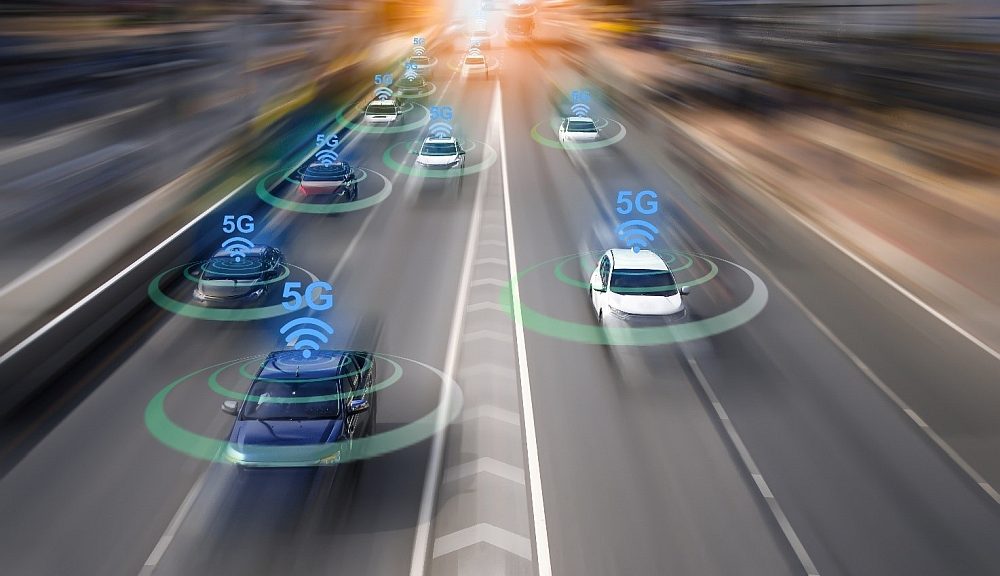- At the Mobile World Congress (MWC) to be held February 24-27, 2020 in Barcelona, Anritsu will demonstrate with Dspace a virtual driving test solution using V2I (vehicle-to-infrastructure) communications.
- The solution, which combines a 5G network emulator with a hardware-in-the-loop (HIL) system, aims to facilitate the development of next-generation connected automotive applications.
The exploitation of vehicle data and information related to the vehicle environment combined with the transmission of 5G data from the so-called “intelligent” road infrastructure by 5G technologies promises to optimize traffic flow and reduce risks.
5G communication and remote computing technologies (Edge and Cloud Computing) offer high data transmission rates and low latency. This makes it possible to implement applications for sharing raw data provided by on-board sensors to vehicles and infrastructures. The sharing of such information and its processing by dedicated IT tools aims to enhance the safety of automated driving, improve passenger comfort and be more environmentally friendly.
The development of such applications requires the availability of appropriate test and simulation resources. At MWC 2020, Anritsu and dSpace will present a system combining their test and simulation solutions that serves these goals. The system combines Anritsu’s MT8000A radio frequency communication test station for functional and protocol testing of 5G signals with dSpace’s Scalexio modular platform for hardware-in-the-loop (HIL) and rapid control prototyping (RCP) projects.
dSpace’s Simulink ASM (Automotive Simulation Models) models simulate the vehicle and its environment, such as road, traffic and infrastructure to conduct tests in a realistic environment.
A dedicated software interface has been developed to connect the Anritsu test station and control the 5G mobile data link in the background during real-time simulation.
“This solution enables the laboratory development of applications for connected and cooperative automated driving based on 5G communications without depending on the local infrastructure. It also enables the validation of the entire vehicle-to-network processing chain,” explains Gregor Hordys, Head of Connectivity at dSpace.






